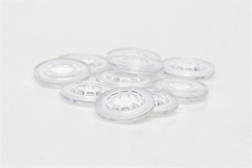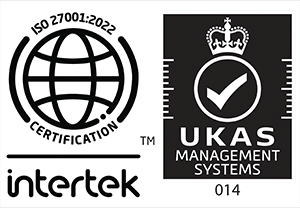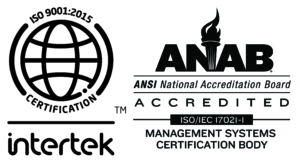Since 1990, Method 21 has required a daily calibration to confirm the accuracy and reliability of the analyzer, such as a TVA 1000B or phx21.
As the years past, knowledgeable LDAR professionals began to notice the impact that contaminated filters were having on the reliability of the monitoring results. It became more and more apparent that as debris accumulated in the filter and the sample flow was compromised, the PPM readings being displayed were no longer accurate.
In other words, a dirty filter, by degrading the quality of the sample getting to the detector could and likely would lower PPM readings significantly outside of the accuracy range of the analyzer. A 600PPM leak at the valve packing could be displaying as a 60PPM leak on the analyzer’s readout.
Leaks were being missed. Potentially LOTS of leaks were being missed.
The first reaction was for the industry to become more diligent about encouraging technicians to be mindful of the condition of their filters.
Several years ago, the EPA began including Drift Assessment requirements as provisions in LDAR Consent Decrees. One of the primary motivators for these drift assessments was to mandate a midday or end-of-day confirmation that the analyzer was still generating accurate readings. Stated another way, the drift assessment was meant to ensure that the readings were not being improperly lowered as the result of lowered flow caused by clogged or compromised filters.

For instance, if the analyzer produced a reading of 400 on a known gas of 500, the most obvious cause was a restriction in the flow rate caused by a dirty filter. Finding this result would call into question the accuracy of the readings taken earlier that day and, generally, required that certain components be remonitored.
The most obvious preventative or corrective action, of course, was a diligent program of filter maintenance and replacement.
Unfortunately, what too many LDAR technicians did was precisely what they should NOT have done: they simply established the practice of replacing all filters immediately prior to performing the drift assessment.
When replacing the filter is done purely and solely for the purpose of drift assessment it greatly calls into question the legitimacy of the results.
Are you doing drift assessments? Are the results you are getting legitimate? Are your technicians replacing filters before they do them? Are you sure?
There is a better way to do it. And, we at LDARtools found it. THAT better way will be the topic of our next blog!





Leave a Reply
Want to join the discussion?Feel free to contribute!